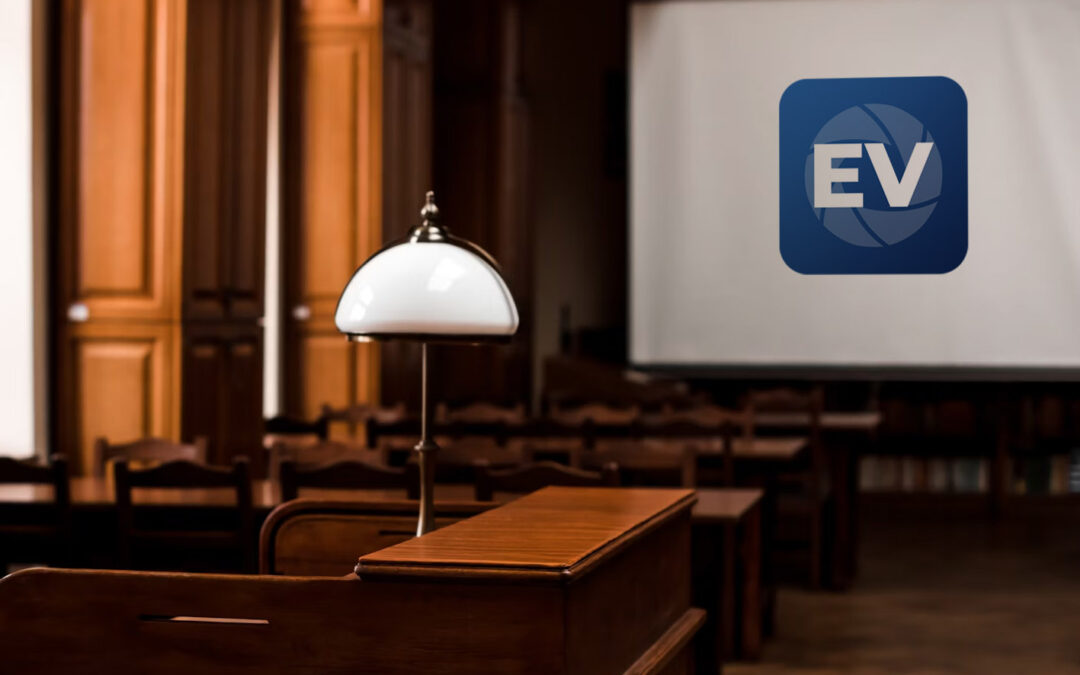Engaging trial presentations combine visuals, data, and strong arguments.
How Trial Presentations Enhance Your Disagreement and Encourage Jurors
Test presentations work as an essential system for improving lawful disagreements and convincing jurors. By incorporating aesthetic help, narrative structures, and emotional engagement, attorneys can create an engaging instance that reverberates on numerous degrees. The calculated usage of visuals not just makes clear intricate info however also captures jurors' focus a lot more properly than words alone. Nevertheless, the art of storytelling plays a similarly vital role in transforming factual proof into a compelling narrative, forming jurors' assumptions - trial presentations. Comprehending these elements can significantly influence trial outcomes, increasing the concern of exactly how each element adds to this elaborate dynamic.

Importance of Aesthetic Aids
Aesthetic aids play an important role in boosting the efficiency of test discussions, as they can considerably raise audience engagement and retention of details. In the context of a trial, where jurors are entrusted with processing complex info, visual aids serve to streamline and clarify bottom lines. Graphes, graphs, and photos can communicate information and principles that may or else overwhelm or perplex jurors, enabling for an extra simple understanding of the proof provided.
Moreover, aesthetic aids aid in preserving juror focus throughout the procedures. By damaging the dullness of spoken statement, these devices can stress crucial debates, making them much more remarkable. Efficient aesthetic help can also stimulate psychological reactions, which can be essential in persuading jurors to line up with the speaker's story.

Crafting Engaging Narratives
An engaging story is vital in test presentations, as it works as the foundation of effective persuasion. It enables lawyers to weave with each other facts, evidence, and psychological components into a meaningful tale that reverberates with jurors. This narrative structure enables jurors to comprehend the intricacies of the instance while directing them with the lawyer's debate.
To craft a compelling narrative, attorneys ought to focus on clarity and coherence. Additionally, the use of vivid summaries can develop psychological photos that aid jurors picture the occasions, making the narrative much more memorable.
Moreover, integrating vital styles throughout the presentation enhances the core message and help in retention - trial presentations. The story ought to not only share details yet likewise evoke a sense of justice, highlighting the risks included. Eventually, a well-constructed story cultivates a connection in between the jurors and the situation, positioning the lawyer's disagreement as both qualified and engaging, thus increasing the chance of a positive decision

Involving the Jury Emotionally
Efficient jury interaction depends upon the lawyer's ability to link with jurors on an emotional degree. This link can substantially impact jurors' assumptions and their supreme decision-making. Making use of emotional charms allows attorneys to humanize the instance, transforming abstract lawful concepts into relatable experiences. By offering real-life stories or testimonies, lawyers can evoke compassion and concern, fostering a much deeper understanding of the concerns at stake.
Aesthetic aids, such as photos or video clips, can further improve psychological engagement, offering jurors with brilliant depictions of the case's human components. Crafting a story that highlights the struggles and victories of the people entailed guarantees that jurors see past the legal disagreements and identify the human effects of their decisions.
Furthermore, tone and body movement play a critical role in communicating emotion. An attorney's passionate shipment can reverberate with jurors, enhancing their psychological financial investment in the event. It's necessary to stabilize psychological charms with accurate proof, making sure that jurors really feel compelled to act while remaining grounded in the truth. Ultimately, a mentally engaged jury is much more likely to be persuaded, making emotional connection a vital component of effective trial discussions.
Structuring Your Presentation

The body of the discussion must be realistically fractional into bottom lines, each supported by engaging evidence. It is beneficial to best site make use of storytelling strategies to weave truths right into a narrative that jurors can conveniently comply with. Visual help, such as charts and video clips, can enhance understanding and engagement, aiding to highlight vital items of evidence.
Real-World Study
Taking a look at real-world case researches provides vital insights into the art of test presentations and persuasion. The spots case of "O.J. Simpson v. Individuals of The golden state" shows just how aesthetic aids and engaging stories can sway jury assumptions. The defense team properly employed a technique that integrated high-profile expert statements with multimedia discussions, which captivated jurors and ultimately influenced their decision.
Another notable example is the "McDonald's Coffee Case," where the plaintiff's attorneys utilized graphic images of the injuries suffered by Stella Liebeck. trial presentations. This stark visual evidence played an important function in communicating the seriousness of her burns, causing a considerable jury award. Such cases demonstrate that impactful test discussions usually depend upon the reliable assimilation of visuals and narration to stimulate emotional reactions from jurors
Additionally, the "Casey Anthony Trial" highlighted the importance of narrative comprehensibility and reputation. The prosecution's failing to establish a compelling timeline diminished their persuasive power, emphasizing the requirement of a well-structured presentation. Evaluating these cases pop over to these guys discloses that effective trial discussions need tactical planning, psychological interaction, and the ability to reverberate with jurors' worths and beliefs.
Verdict
Trial discussions considerably boost arguments and convince jurors via the tactical usage of visual aids, engaging narratives, and emotional involvement. A well-structured presentation balances psychological allures with factual proof, inevitably resonating with jurors' values.